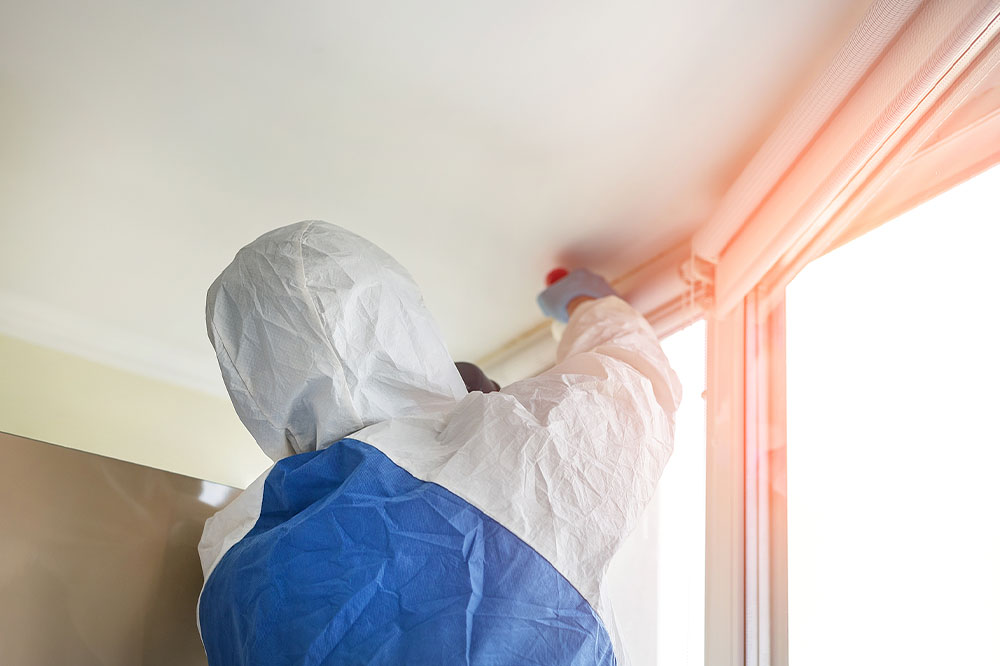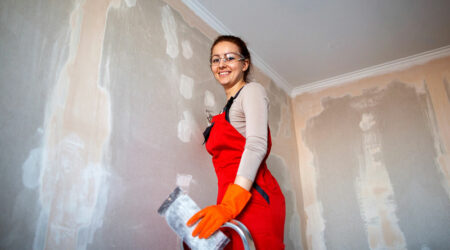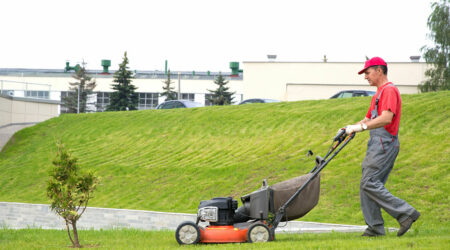
Things to do to prevent mold infestation in your house
Mold or mildew is a fungal growth that thrives on moist, damp, or decayed organic matter. They form both inside and outside our home. Molds, which occur in different types, thrive outdoors by feeding on fallen leaves and branches. Indoors, they thrive both on organic and inorganic materials. It can impact your health and make your home look unclean. If left untreated, they can damage and make things in your home unusable.
Mold in home
Molds can enter our homes through openings like windows, doors, plumbing vents, air conditioning systems, or doors. If you have tread on mold outdoors, it can attach to your footwear, clothing, and pets. And when you move around the house, the mold spores drop onto moist areas and start growing. Some of the common places it happens include bathroom and kitchen pipes, cardboard, carpets, ceiling tiles, clothing, drywall, dust, insulation materials, paint, paper, potted plants, upholstery, walls, wet cellulose materials, wood items like furniture, window and door frames, rotten food in pantry and refrigerator, and dustbins.
Identifying infestation
They are typically green spots growing around the house. They may not be visible once they start growing on hidden or low spots. However, other signs of infestation are as follows.
Bad odor
Molds release chemicals called mold volatile organic compounds that give a rotten smell. The stench could come from air conditioning or heating systems.
Color change in tiles
The tiles begin to change color and look darker than usual.
Peeling of paint or wallpaper
If you have wallpaper and you notice unusual bubbling, cracking, or peeling, it can be a sign.
Unexplained sneezing
It could indicate mildew if you experience sudden sneezing when entering your home or any specific room.
Discoloration in walls
While greenish spots are a common indication, some mold may appear like dripping slime on your walls. It means that moisture is seeping from inside the walls.
Itchiness
If you feel itchy right after wiping yourself dry after a bath or after your change, it could indicate that mildew may have formed in the fibers. If you leave wet clothes without drying them properly, the possibility of mold increases often.
Allergy and asthma symptoms
Those having asthma or allergies may suddenly feel their symptoms worsening despite following their treatment protocol and taking required precautions.
Health complications
Molds are known to produce allergens and mycotoxins. Coming into contact with it can generate allergies in some people. It can cause rashes in those with sensitive skin. People with asthma may find exacerbation in their symptoms. It can also irritate the nose, throat, lungs, and eyes.
Preventive measures
Molds may travel in the air, and some spores may mix with house dust. Without moisture, they will not grow and continue to float. You can control the infestation by keeping the house dry. If leaking pipes cause mold, it is important to call a plumber and fix the leak immediately to prevent an infestation that can spread to other areas. If you clear them without fixing the leaks, they are likely to reappear in the same spot quickly. If the infestation is limited to a small area, you can clean them using commercial cleaning products. Ensure that you wear gloves and a mask while cleaning to avoid any physical contact with it.
Seeking professional help
Take the help of professional cleaners if the area of mold infestation is large and is more than 10 square feet or if there is a lot of water damage. Professional help is recommended if the HVAC system is contaminated or if you suspect sewage or water contamination.
Things to discard/reuse
If there is a severe infestation, some items can be cleaned and reused, while some have to be discarded as there is a high probability of mold reappearing. Things to discard after an infestation are carpets, beds, cardboard, upholstery, stuffed animals, documents, books, photo albums, food, and items that have been exposed to moisture for a long time. You can retain items that can be washed thoroughly and dried to remove any trace of mildew. Fabric can be washed in bleach and hot water, sundried, and disinfected before use.
Steps to control mold growth
Some simple steps that can help prevent mildew growth in your house include having a professional inspect your house once a year, identifying and monitoring places where mold can grow, maintaining low humidity throughout the day, ensuring adequate ventilation around the house, fixing all plumbing leaks, avoiding carpets in basements and in places that you do not use often, cleaning roof gutters to prevent rainwater accumulation and leaks and by keeping house plants in the sun frequently and monitor them.




